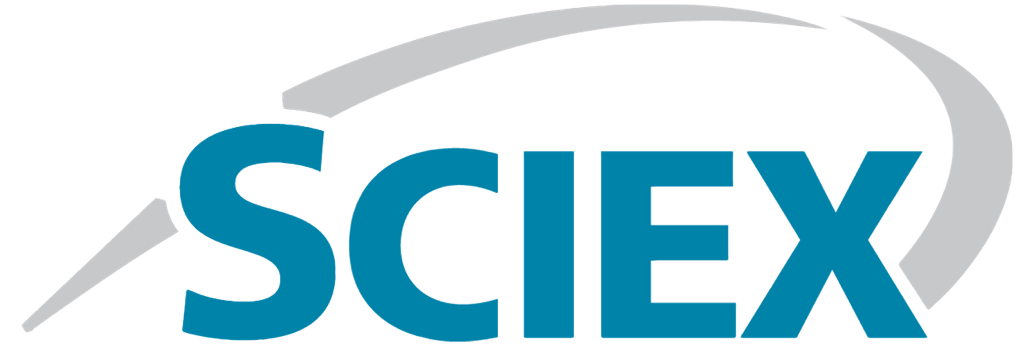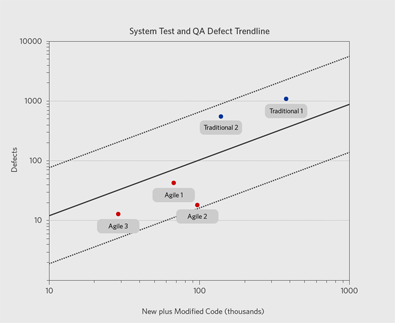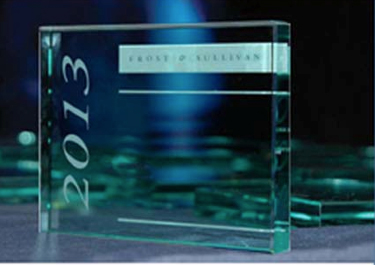Requirements: Working together with the technical marketing representative, tech writer, and
usability people helped to build a product that delivered what the customer wanted. People learned how
to write good stories, how to write good FIT tests, how to do test-driven development and how to do
evolutionary design. And demonstration of the software to users avoided late surprises.
Process: Big “Ah hah”: They learned to build the architecture and requirements along the way. At
each iteration, they could deliver the next set of requirements that were two iterations later. The team
gave demos every two weeks, allowing them 2-3 options to solve a problem and discover which one was the
best for the customer.
Environment: Creating an open office space and introducing pair programming allowed people the
environment they needed to work together. They had permission to fail and an escape hatch if the
experiment didn’t work. The team learned chartering and had a clear idea of the vision and mission of
their work.
The teams did so well that Industrial Logic was asked to help with a third project involving legacy code
for their flagship product. The results increased the safety of the code, finances, employee retention,
and customer happiness.
The project’s only focus was automated testing, refactoring, and fixing bugs for months - no new features
were introduced, and the team practiced continuous integration. Pair programming was a key factor,
helping a group of depressed programmers feel safer and more in control of the process.
When the product finally shipped, Ken and team received letters from customers thanking them for the most
stable product they had in years. By focusing on the reliability and safety of the software, they were
able to delight their customers who realized they didn’t need new features. Stability rocked.










